- Home
- About
- Blog
-
Butterfly Gallery
- Hesperiidae >
- Papilionidae >
- Pieridae >
-
Lycaenidae
>
- Black Hairstreak
- Brown Hairstreak
- False Ilex Hairstreak
- Green Hairstreak
- Ilex Hairstreak
- Purple Hairstreak
- Sloe Hairstreak
- White-letter Hairstreak
- Large Copper
- Purple-edged Copper
- Purple-shot Copper
- Scarce Copper
- Small Copper
- Sooty Copper
- Violet Copper
- Adonis Blue
- Alcon Blue
- Alpine Blue
- Amanda's Blue
- Baton Blue
- Brown Argus
- Chalkhill Blue
- Chequered Blue
- Common Blue
- Cranberry Blue
- Damon Blue
- Dusky Large Blue
- Escher's Blue
- Geranium Argus
- Glandon Blue
- Green-underside Blue
- Holly Blue
- Idas Blue
- Large Blue
- Mazarine Blue
- Mountain Alcon Blue
- Northern Brown Argus
- Piedmont anomalous Blue
- Provence Chalkhill Blue
- Reverdin's Blue
- Ripart's anomalous Blue
- Scarce Large Blue
- Silver-studded Blue
- Silvery Argus
- Small Blue
- Short-tailed Blue
- Turquoise Blue
- Duke of Burgundy
-
Nymphalidae
>
- Purple Emperor
- Lesser Purple Emperor
- White Admiral
- Southern White Admiral
- Hungarian Glider
- Camberwell Beauty
- Comma Butterfly
- Large Tortoiseshell
- Map Butterfly
- Painted Lady
- Peacock
- Red Admiral
- Small Tortoiseshell
- Assmann's Fritillary
- Bog Fritillary
- Cardinal
- Cranberry Fritillary
- Dark Green Fritillary
- False Heath Fritillary
- Glanville Fritillary
- Grisons Fritillary
- Heath Fritillary
- High Brown Fritillary
- Knapweed Fritillary
- Lesser Marbled Fritillary
- Marbled Fritillary
- Marsh Fritillary
- Meadow Fritillary
- Mountain Fritillary
- Nickerl's Fritillary
- Niobe Fritillary
- Pearl-bordered Fritillary
- Queen of Spain Fritillary
- Shepard's Fritillary
- Silver-washed Fritillary
- Small Pearl-bordered Fritillary
- Spotted Fritillary
- Titania's Fritillary
- Twin-Spot Fritillary
- Weaver's Fritillary
- Satyridae >
- Metamorphosises >
- Alpine Species
- Germany - Eifel
- Butterflies in France
- Butterflies NL
- Threats & Enemies
- UFI
-
Gallery A - Z
- Amphibians
- Aosta - Gran Paradiso
- Ardeche
- Bayerischer Wald
- Beetles
- Bluebell Forest
- Caterpillars
- Cevennes
- Dordogne
- Holy Love
- Hungary
- Insects - Others
- Jumping Spiders
- Kleine Beerze
- Kleine Beerze II
- Koebosch
- Landschotse Heide
- Little Owl
- Luberon
- Lueneburger Heide
- Mercantour
- Mercantour part II
- Orchids Dream
- Pink and Purple
- Snakes and Reptiles
- Spiders
- Spring Flowers
- Strabrechtse Heide
- Styria
- Teutoburger Wald
- Toxic Tales
- Var
- Blog Vosges
- Rust In Peace
|
I'm back in the Netherlands and since days I'm very busy removing the weeds around my house. Five weeks vacation means a lot of work ;-). Exactely one week ago, I was at my favorite Aosta spot and I found a fresh Turquoise Blue which was roosting on Black Rampion. I took some photos with closed wings and searched for other roosting butterflies. Two hours later it was time to return to this butterfly as I wanted to catch him with open wings. When the sun came over the edge this little beauty opened his wings and it became clear why his name is "Turquoise Blue". That day I also found a freshly emerged Scarce Copper and Damon Blue and I wished I could have stayed another week. The counter remains at 96 butterfly species, not bad but I missed at least 10 other species.
2 Comments
The last week of my Aosta trip has started. I’m here now for four weeks and until now I counted 86 butterfly species. I still miss a lot (mostly blue) species. Very slowly it’s getting warmer but finding roosting butterflies early in the morning is still hard working. Normally around the accommodation there are always roosting butterflies/nice species to find but now it seems to be ‘off season’ and it took until yesterday before I spot the first Apollo. This morning we visited on other valley than usual and after a long walk we entered the world of the Glandon Blue. Actually I was hoping/searching for the Alpine Blue but unfortunately we did not find this species; instead we found at least 15 Glandon Blues. The majority of the Glandon Blues were roosting on Alpine Cat’s tail (phleum alpinum) and photographing them on this plant was due to the heavy wind almost impossible. Fortunately I found two Glandon Blues roosting on other (with a thicker stem) plants. As the sun almost touched the mountain edge I choose the butterfly with the purple flower in the hope that it was male. Very quickly the sun came over the edge and within a minute the complete flower field was sunny; the butterfly next to me opened the wings first….it was a brown female. After two minutes ‘my’ butterfly opened the wings and it was a male….I created some shadow and he allowed me some images before he left. Maybe in a few days I will return to this place as photographing the Alpine Blue again is on my wishing list for years.
My wish list for Aosta included three things: the Iolas Blue, the caterpillar of the Piedmont anomalous Blue and the caterpillar of the Apollo. One and a half week ago I visited the hotspot of the Piedmont anomalous Blue and very soon I noticed three ants on Sainfoin and when I looked closer I saw a beautiful caterpillar. Unfortunately I did not have my camera with me so I had to get it first...when I returned one ant was still protecting the caterpillar. As no image of the caterpillar of this species was available on internet, nor in books, I contacted one of the researchers of this species and she confirmed that this was the caterpillar of the Piedmont anomalous Blue. I was very happy that I found the caterpillar of this species and with the confirmation I also knew that I photographed this caterpillar before in 2021.
The first week Aosta has passed by very quickly and until now we counted 40 butterfly species. Summer temperatures needs to rise and summer species still needs to emerge; a few days ago I saw in a higher area some fresh Orange-tips flying. But, I will not complain as I have no ‘choice stress’ and we often visited the area of the Iolas Blue as I wanted some decent photos of this species. On Wednesday we also visited this area after breakfast but all butterflies in this area were already flying around. I noticed a male Iolas Blue and dropped my camera bag on the path when suddenly a black snake crawled next to my bag. The first snake I have ever seen in Aosta, I was too much flabbergasted that I forgot to use my binoculars but I guess that it was a dark Western Whip Snake. No photos of the Iolas Blue as the sun was shining and they were flying around without resting. Yesterday, after two days of rain, we visited this area again and found a roosting Iolas Blue (I guess that she was surprised by the rain on Friday as between the showers the sun was shining shortly). Unfortunately she was sitting on a spot with the longest shadow….so I waited three hours before she opened her wings. Although I plamped the twig of her larval foodplant, the heavy wind blowed her up and down during three hours and taking pictures with open wings was a kind of mission impossible. Sitting three hours in the shadow and waiting for the sun was also not convenient for the cold I already have for weeks. So next week we're going to take it easy.
Yesterday evening we arrived in Aosta and after we unpacked the car we immediately went out, looking for butterflies. The meadows are full with alpine flowers but the butterfly season has yet to start. As we were tired after the long drive yesterday, I did not set my alarm clock this morning and after a cup of coffee we went out, not expecting much. Two Green-underside Blues were roosting on Common Sainfoin and one of the Almond ringlets was sitting on a flower instead of low in the grass. As there were not much other butterflies we made plans to visit an other area after breakfast with the hope to find a new species: the Iolas Blue. This species flies on the southern slopes of the mountains. After we entered the area we spotted the first big blue butterfly and it became clear that it was not going to be easy as it is a powerful flyer, the slopes are steep and there are not many of this species. Long story short, one male and female were resting for a short time and I found an egg.....not bad for the first day in Aosta. We will definitely visit this area again!
The last six months I was very quiet on the internet because my partner and I bought an old farm house and we had to move all our stuff. Since we moved in, a lot of jobs had to be done as it’s an old house with thick (not isolated) walls and single (not double) glass windows. We have a big garden which we want to change into a butterfly paradise and we want to grow our own vegetables. The first step we took is not mowing the grass/flowers anymore as I noticed that a lot of other plants like thistles are growing in-between. The second step was that we planted a lot of hedges and fruit trees. Due to the cold and wet spring season and the jobs which needed to be done I was not in the mood to go out and search for Orange-tips and other butterflies. Two weeks ago we had a sunny weekend in the Netherlands and in the evening I found a roosting Orange-tip in the garden so it was time to charge my batteries again! The next morning I tried to catch the butterfly with sunrise but a big forest nearby unfortunately blocks the sunrise completely. But I will not complain as I’m happy with my new home.....and the little present the Orange-tip left.
Since Saturday I'm back in the Netherlands after two quiet weeks in France...on our way back home we crossed a busy village in the Netherlands where we had to wait long for some traffic lights and an open drawbridge. In a small meadow I saw a lot of butterflies, mostly white species but also some blue species and Small Coppers. On Sunday morning the alarm clock went off earlier and just before sunrise we entered a small heath area to search for small coppers. The flowering season was definitely over as the heather was brown. We found about 15 roosting Small Coppers and except two coppers they all had a horizontal roosting position. By the time the sun was shining strong they changed their position and the ones with less dew drops opened their wings. Unfortunately the wind became too strong for decent open wings photos. Next year I plan to visit this area earlier. In the meantime summer returned and I hope to find more roosting butterflies soon.
Today it's the 12th day that Greece is burning around Alexandroupolis....the area which we visited in Spring 2022 to find and photograph the False Apollo. It was one of the last European spots of this beautiful butterfly species. Places which we visited are gone, national forest are gone, a lot of dead animals which were helpless in the flames....it's unbelievable how big this tragedy is. The animals who survived the flames will starve as there is nothing to eat anymore. This photo below is taken by satellite two days ago.... The two spots of the False Apollo are completely hit by the fire....the only hope I have is that this species hibernates as a chrysalis and that the larval food plant can survive fires and come up again next spring. So let's hope that there are enough chrysalises survived the fire. A lot of people are busy fighting the fire and to help all the animals that have been rescued; if anybody is looking for a dog please consider adoption from Greece/Alexandroupolis!
The effect of this tragedy will hit us all as this area (including Dadia National Forest) was a green and very important lifeline of our planet. With this lost of, on the 28th of August it was almost 81000 hectares, global warming will go quicker and quicker! Not the happiest blog but it bothers me that the majority of people live as there is a second planet earth! In February the Jordan brothers and I made plans to visit the Eifel this year during the first weekend of August. As the trip came closer the weather forecast became worse....it was going to be a wet weekend. We arrived Friday afternoon in sunshine and after we checked-in we visited one of our good old spots and noticed fluttering butterflies; what a relief after a bad butterfly season! On Saturday morning the alarm clock went off early and it was a good feeling to be out again and photographing roosting butterflies: The weather was not bad at all and after we had made enough photos we returned to the hotel for breakfast. With a full stomach we returned to the same spot and with us the sun returned too....again we noticed fluttering butterflies but I only had eyes for one species: the Brown Hairstreak which came down from the bushes. After catching the Brown Hairstreak we visited our traditional 'Kaffee & Kuchen' spot. On Sunday morning we slept longer because rain was predicted...during breakfast the sun came out and we quickly checked out and drove to the spot where we found a roosting Brimstone and some Sooty Coppers the evening before. After we photographed these two the heavy rain started and with a satisfied feeling we drove back to the Netherlands.
For more photos of this weekend please visit the page EIFEL. One of the reasons I wanted to visit the Röhn area was to catch* the Clouded Apollo before becoming extinct in this area. I only knew two higher locations but as the temperatures were low before our trip the chance to find them was low. I learned that there was a secret kept location on a lower part but I really didn't know where. The first days after arrival I visited the higher locations but there was no sings of a Clouded Apollo or any other butterflies. Long story short....after one week I found a good clue on the internet and finally I found the place with at least 10 flying Clouded Apollos! And as icing on the cake one Clouded Apollo was sitting on a flower near the path. I was very happy and started to photograph this butterfly but after a few minutes I noticed that something was wrong. Although the butterfly was drinking nectar he could not fly. I walked around and when I came back he was still sitting on that flower....not a good sign but fortunately there were some other Clouded Apollo's flying around. The next day I returned and this butterfly was still sitting next the path and on the path I found a dead fresh Clouded Apollo....not a good sign! I placed the butterfly on an other flower and he immediately started drinking. I guess that the area has too few nectar plants that some butterflies are starving.
Although I found this rare species I was not in happy mood and I guess that they will disappear if nothing happens. |
Jibt dir dit Leben mal een Buff, denn weene keene Träne. Lach Dir'n Ast und setz Dir druff und baumle mit de Beene.
Archives
July 2024
Categories
All
|
No image from this site is to be downloaded, copied, duplicated, sampled, modified or redistributed!
- Home
- About
- Blog
-
Butterfly Gallery
- Hesperiidae >
- Papilionidae >
- Pieridae >
-
Lycaenidae
>
- Black Hairstreak
- Brown Hairstreak
- False Ilex Hairstreak
- Green Hairstreak
- Ilex Hairstreak
- Purple Hairstreak
- Sloe Hairstreak
- White-letter Hairstreak
- Large Copper
- Purple-edged Copper
- Purple-shot Copper
- Scarce Copper
- Small Copper
- Sooty Copper
- Violet Copper
- Adonis Blue
- Alcon Blue
- Alpine Blue
- Amanda's Blue
- Baton Blue
- Brown Argus
- Chalkhill Blue
- Chequered Blue
- Common Blue
- Cranberry Blue
- Damon Blue
- Dusky Large Blue
- Escher's Blue
- Geranium Argus
- Glandon Blue
- Green-underside Blue
- Holly Blue
- Idas Blue
- Large Blue
- Mazarine Blue
- Mountain Alcon Blue
- Northern Brown Argus
- Piedmont anomalous Blue
- Provence Chalkhill Blue
- Reverdin's Blue
- Ripart's anomalous Blue
- Scarce Large Blue
- Silver-studded Blue
- Silvery Argus
- Small Blue
- Short-tailed Blue
- Turquoise Blue
- Duke of Burgundy
-
Nymphalidae
>
- Purple Emperor
- Lesser Purple Emperor
- White Admiral
- Southern White Admiral
- Hungarian Glider
- Camberwell Beauty
- Comma Butterfly
- Large Tortoiseshell
- Map Butterfly
- Painted Lady
- Peacock
- Red Admiral
- Small Tortoiseshell
- Assmann's Fritillary
- Bog Fritillary
- Cardinal
- Cranberry Fritillary
- Dark Green Fritillary
- False Heath Fritillary
- Glanville Fritillary
- Grisons Fritillary
- Heath Fritillary
- High Brown Fritillary
- Knapweed Fritillary
- Lesser Marbled Fritillary
- Marbled Fritillary
- Marsh Fritillary
- Meadow Fritillary
- Mountain Fritillary
- Nickerl's Fritillary
- Niobe Fritillary
- Pearl-bordered Fritillary
- Queen of Spain Fritillary
- Shepard's Fritillary
- Silver-washed Fritillary
- Small Pearl-bordered Fritillary
- Spotted Fritillary
- Titania's Fritillary
- Twin-Spot Fritillary
- Weaver's Fritillary
- Satyridae >
- Metamorphosises >
- Alpine Species
- Germany - Eifel
- Butterflies in France
- Butterflies NL
- Threats & Enemies
- UFI
-
Gallery A - Z
- Amphibians
- Aosta - Gran Paradiso
- Ardeche
- Bayerischer Wald
- Beetles
- Bluebell Forest
- Caterpillars
- Cevennes
- Dordogne
- Holy Love
- Hungary
- Insects - Others
- Jumping Spiders
- Kleine Beerze
- Kleine Beerze II
- Koebosch
- Landschotse Heide
- Little Owl
- Luberon
- Lueneburger Heide
- Mercantour
- Mercantour part II
- Orchids Dream
- Pink and Purple
- Snakes and Reptiles
- Spiders
- Spring Flowers
- Strabrechtse Heide
- Styria
- Teutoburger Wald
- Toxic Tales
- Var
- Blog Vosges
- Rust In Peace




















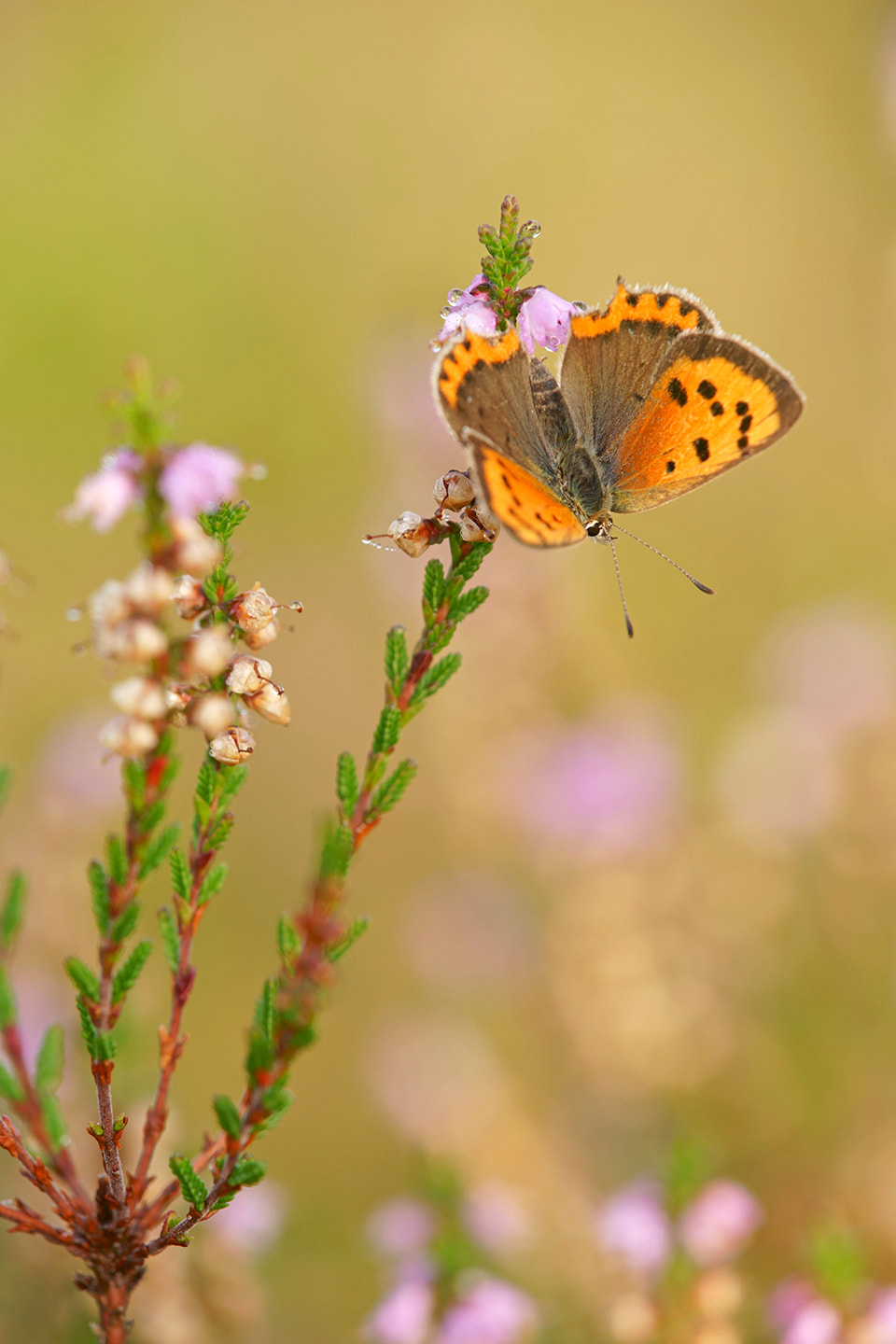
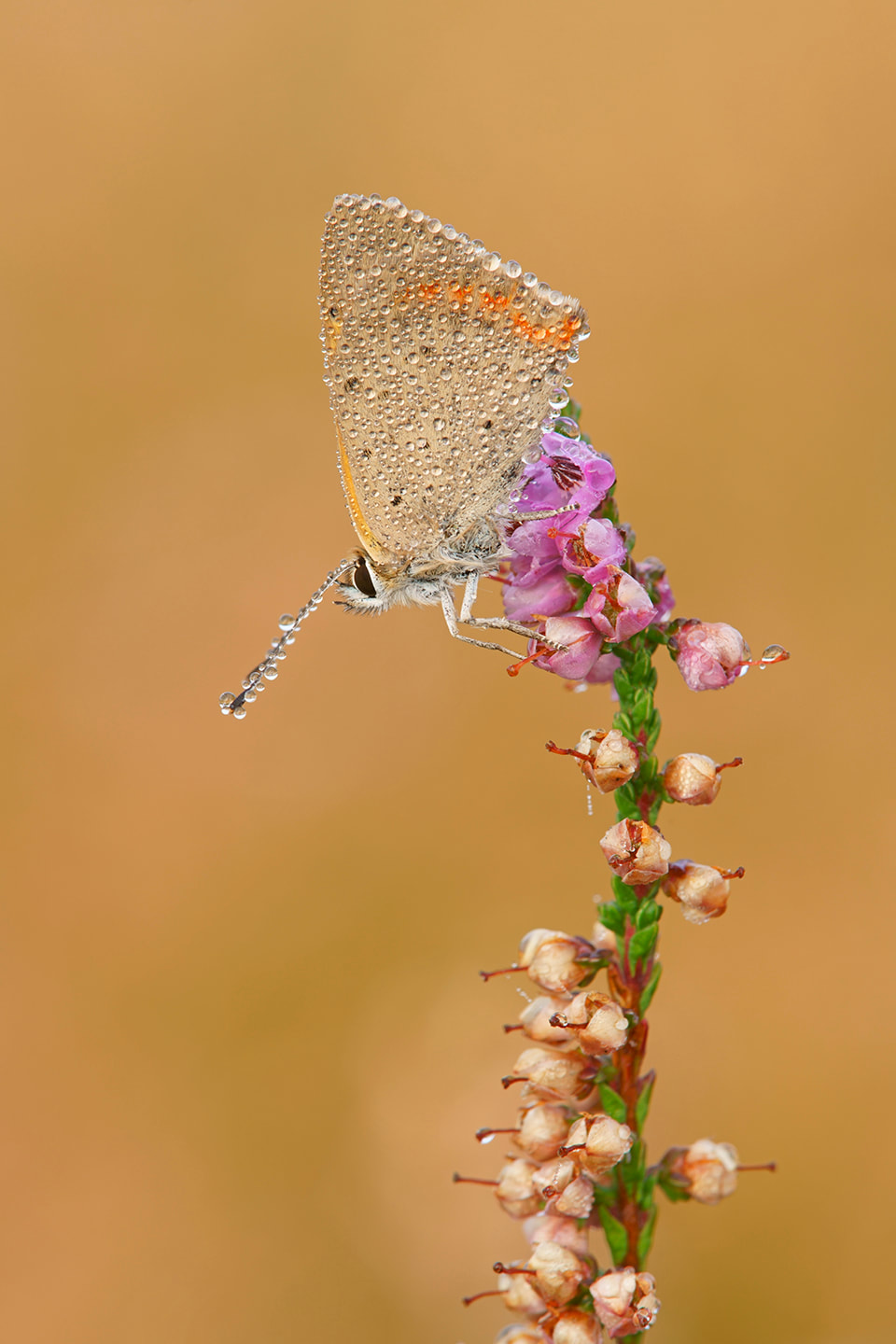
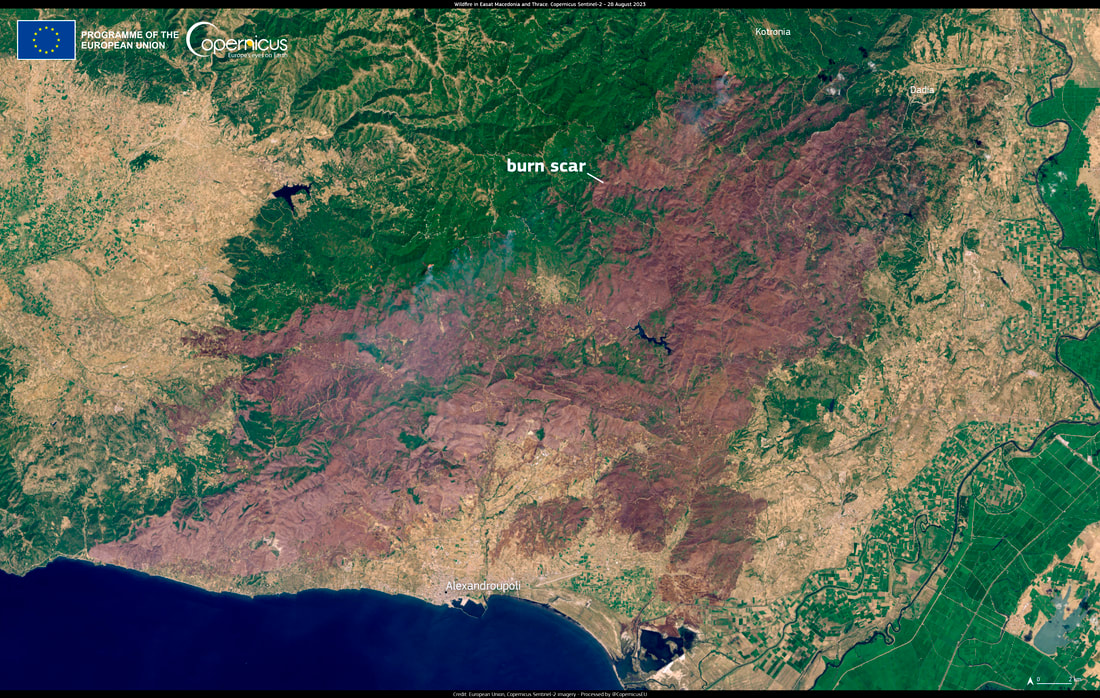

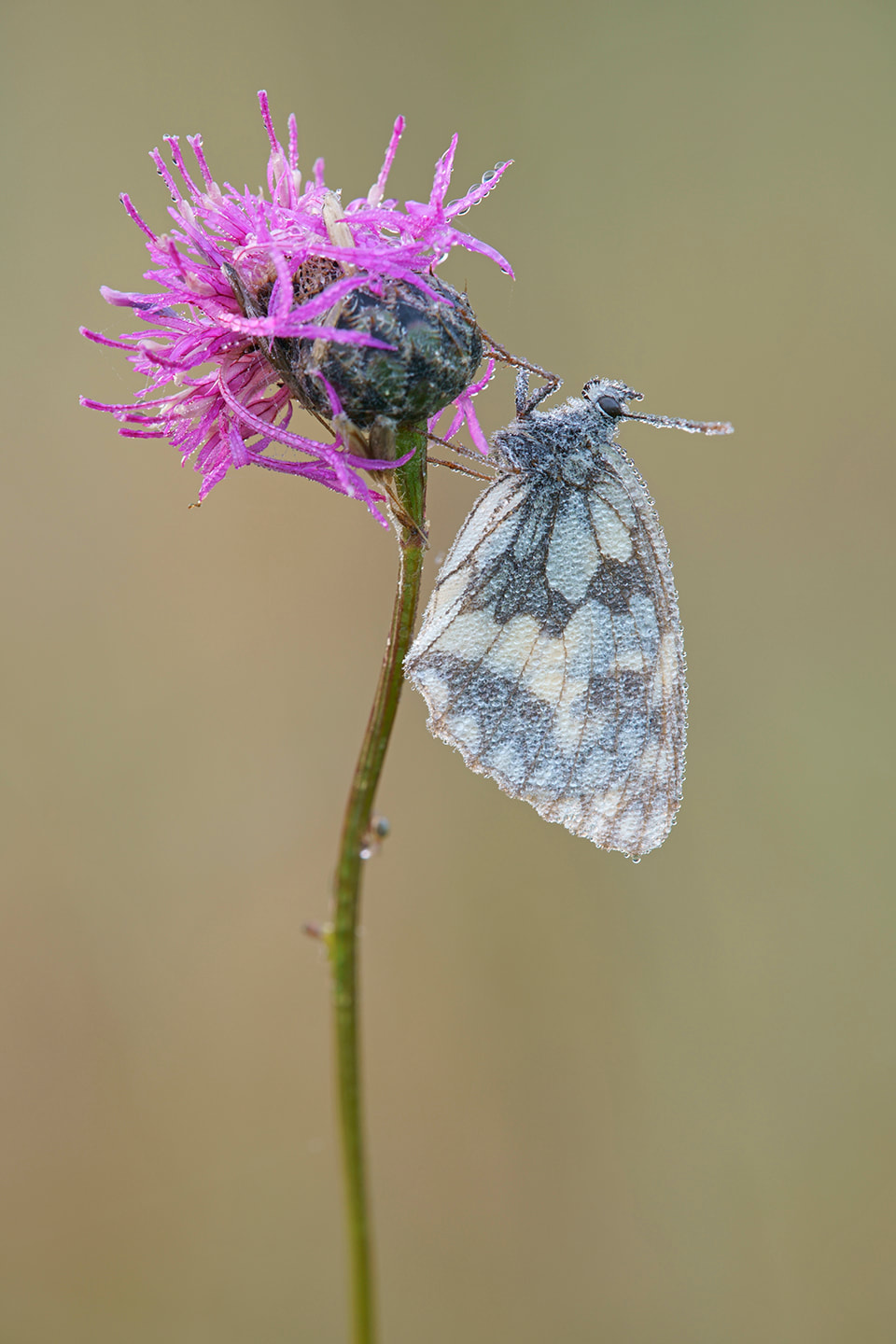
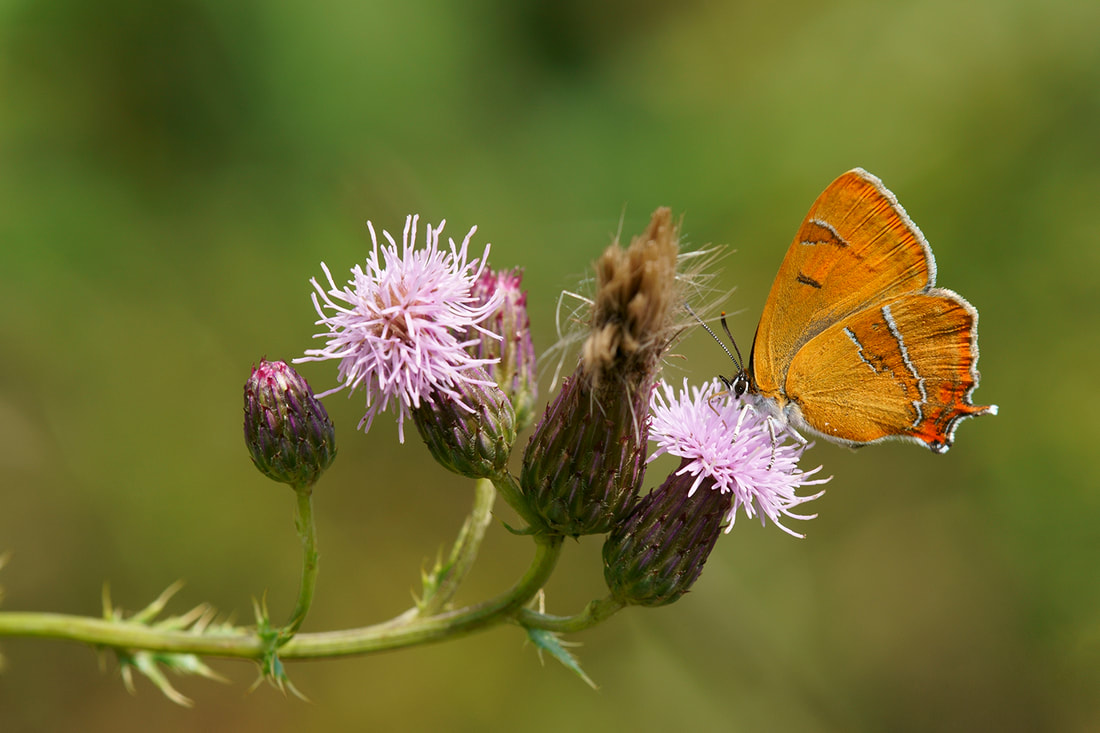

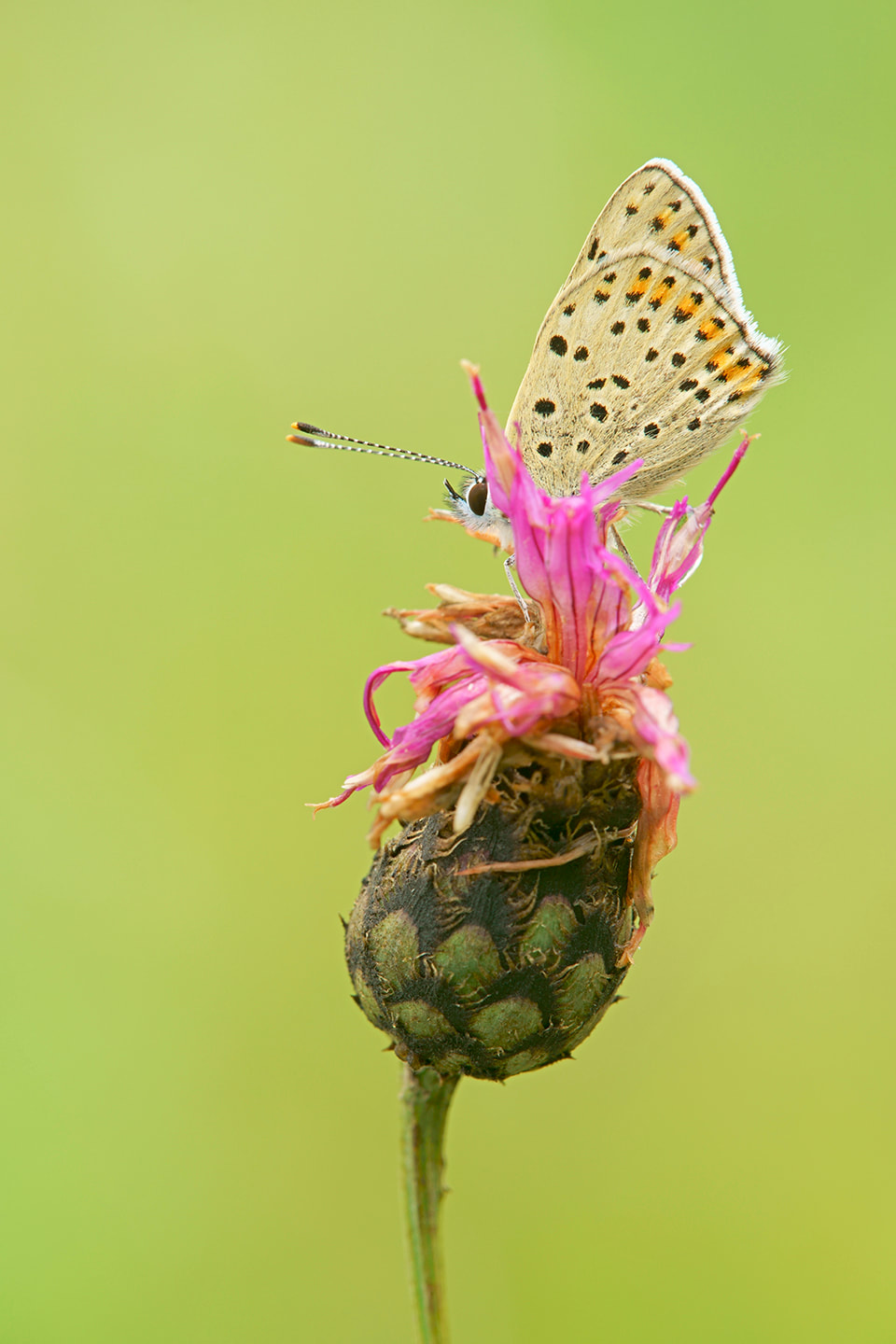
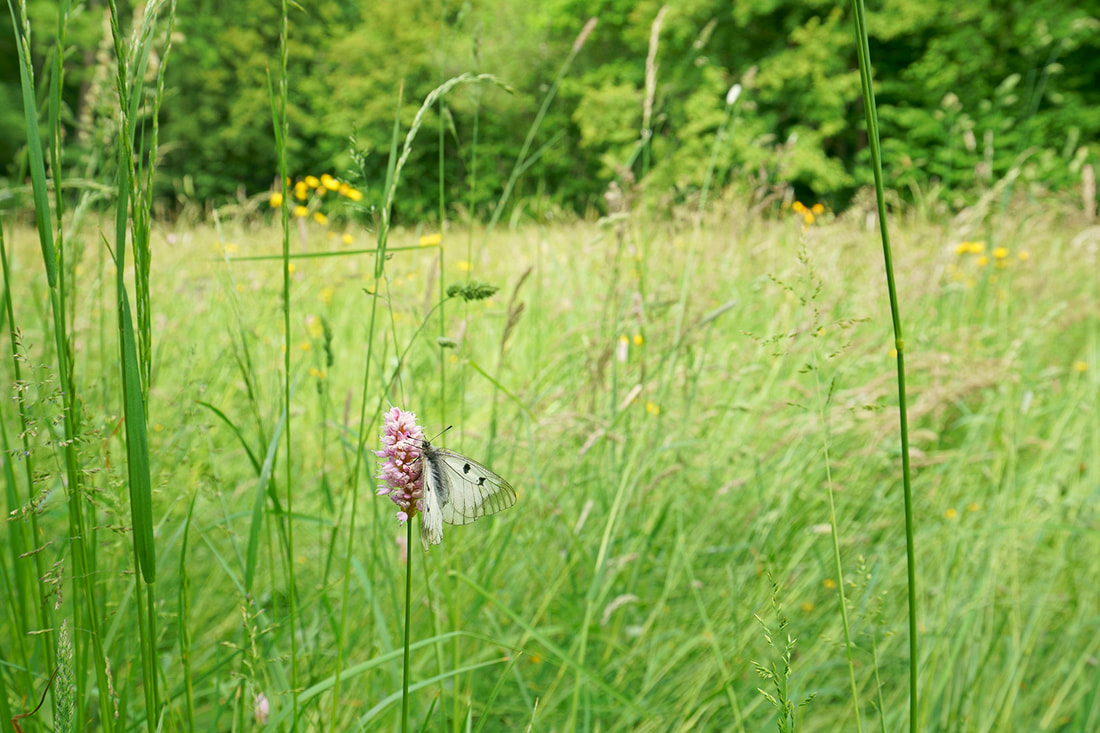
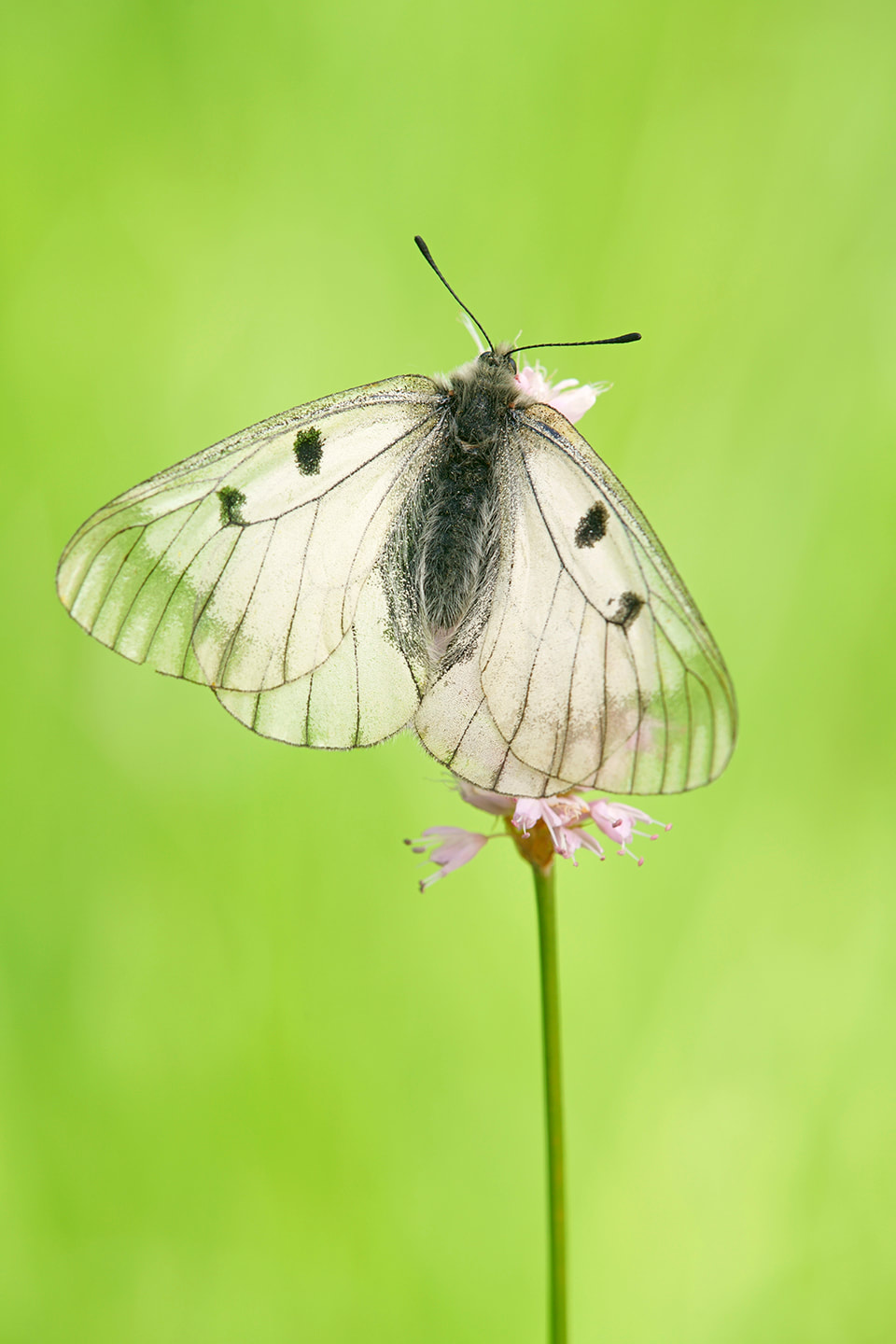


 RSS Feed
RSS Feed